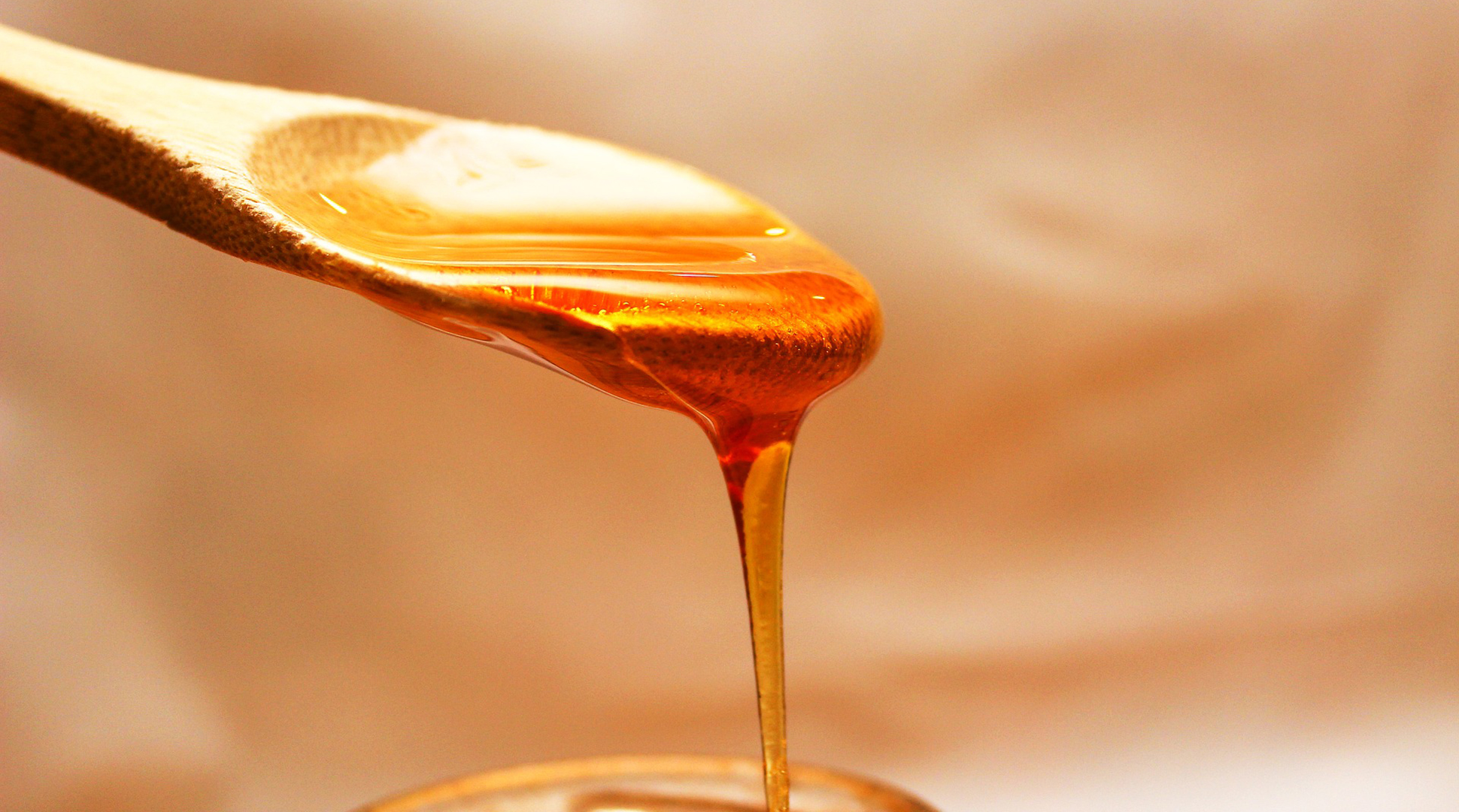By Kris Sollid, RD
reprinted from the International Food Information Council Foundation website FoodInsight
Have you noticed updated Nutrition Facts labels in stores yet? If you have, then you’ve seen that they contain added sugars information. For many of our favorite foods and drinks, the new way sugars are labeled is pretty straightforward. The “Added Sugars” line on the label refers to sugars that were added during the making of the product. The “Total Sugars” line tells you the absolute amount of sugar in the product: It includes both added sugars and naturally occurring sugars.
But what should the label say on foods that don’t just contain sugar, but are sugar? According to the Food and Drug Administration (FDA), “Added sugars are either added during the processing of foods, or are packaged as such.” This means that a bag of granulated sugar is considered to be added sugar. Therefore, all of the sugar in the bag must be declared on the Nutrition Facts label as added sugars.
Labeling of added sugar has become complicated as the FDA determines how to label other types of packaged sugars. Take honey and maple syrup, for example. The FDA also considers these to be added sugars but is reviewing how they should be labeled. Just like bags of granulated sugar, the FDA currently says that jars of honey and bottles of maple syrup will need to list every gram of sugar as added sugars. But not everyone agrees with this approach.
The case against labeling honey and maple syrup as added sugars
While pure honey and 100 percent maple syrup can be added to other foods and drinks (like honey to tea or syrup to pancakes), they don’t actually have sugar added to them when they’re made. Similar to whole fruit, all the sugars in pure honey and 100 percent maple syrup are inherent—they are supplied by nature from the beginning. Whole fruits are not labeled as having added sugars if no sugars are added to them when canned, jarred or frozen. Why should pure honey and 100 percent maple syrup be different?
Some have raised concerns that labeling pure honey or 100 percent maple syrup as added sugars would be misleading, leaving consumers with the false impression that these products have sugar added to them. This could make pure honey and 100 percent maple syrup seem less natural and therefore less desirable.
The case for labeling honey and maple syrup as added sugars
The majority of honey and maple syrup that people purchase is consumed as a condiment. They’re not intended to be eaten alone—they are sugars that are added to other items.
Neither honey, maple syrup nor table sugar provides substantial nutrition. While honey and maple syrup have more vitamins and minerals per gram than table sugar, the number of calories it would take to get a significant amount of these micronutrients from honey or maple syrup effectively negates any expected health benefit. In that sense, honey and maple syrup are no different than table sugar. But honey and maple syrup could be perceived to be healthier, and thus the argument is made that they should be labeled the same way as table sugar: as added sugars.
Finally, not labeling honey and maple syrup as added sugars could make it appear as though we’re eating less sugar than we really are. Monitoring how much added sugar we eat is important, and changes to the Nutrition Facts label can impact data collection.
Read more information on the FoodInsight website.
